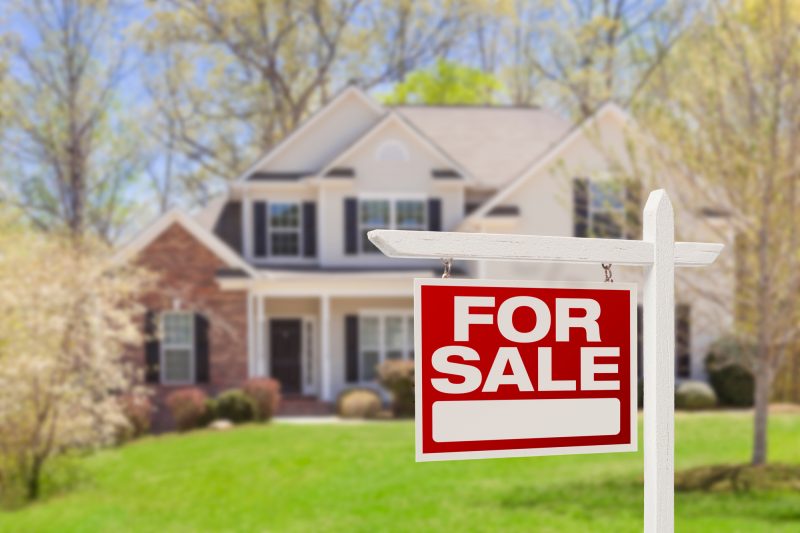Want your home to sell as fast as possible for the highest price?
Getting the price right can make the difference between a quick, profitable home sale and a stressful, drawn-out process where your home sits on the market for months at a time, hemorrhaging money with each passing week.
Pricing your home might seem straightforward, but if you follow these tips from a top cash home buyer in Chicago you’ll see just how much difference it can make to nail your pricing strategy the first time around.
The best part? Getting your pricing right requires a bit of thought, but the payoff is enormous. The difference between the right price and overpricing your home by even a small amount can mean thousands in profit.
Let’s break it down…
What you’ll learn:
- Pricing Strategy: The Make or Break of Your Sale
- The Hidden Costs of Overpricing Your Home
- Competitive Market Analysis: The Pricing Foundation
- Pricing Strategies that Actually Work
- Practical Pricing Tips for Your Home in 2025
Pricing Strategy: The Make or Break of Your Sale
Did you know that pricing strategy is everything when it comes to selling your home?
The price you set from day one determines how quickly your home sells, how much money you make, and even if buyers will even give your listing a second glance. And here’s something most sellers don’t realize… Buyers actually purchased homes for 100% of the listing price in 2024, according to National Association of Realtors research.
So what’s happening on the ground? Homes that are priced correctly sell on average in 21 days, and more than 75% sell within 45 days. Price them too high, and even the most motivated buyers may not even look twice.
The takeaway? Your pricing strategy is the first and most important decision you’ll make in the home-selling process. The right price can mean a quick sale and strong profits. The wrong one can tank your results.
Working with a reputable home sale solution provider, such as a local cash home buyer in Chicago, can streamline the process, but effective pricing is still critical to ensuring the deal closes smoothly and you receive the maximum return on your investment in as little time as possible.
The Hidden Costs of Overpricing Your Home
If you’re like most sellers, the idea of pricing your home high is tempting. Who wouldn’t want to sell their home for as much as possible?
But here’s the thing. Pricing your home too high actually costs you money.
Zillow data shows that homes that stay on the market for more than two months sell for 5% less than their original listing price. That’s a huge chunk of change to lose just because the price was set too high from the start.
But overpricing has other hidden costs, too. The longer a home sits on the market, the more buyers raise red flags about why it hasn’t sold already.
Here’s how overpricing hurts your bottom line:
- Your listing expires and buyers wonder what’s wrong
- You lose the critical first 30 days when buyer interest is highest
- Buyers compare to cheaper alternatives and go elsewhere
- You sell for less than the price that house would have fetched had it been priced right at the start
Put yourself in a buyer’s shoes. They’re scrolling through listings and come across yours at $450,000 while comparable homes sold in your area last month for $400,000. Chances are they aren’t even clicking to schedule a showing.
Competitive Market Analysis: The Pricing Foundation
The key to setting the perfect price is a competitive market analysis.
Done properly, this is the foundation of every good pricing strategy because it tells you the real value of your home based on what’s happening on the ground in your market right now.
A solid market analysis will review:
- Recent sales of homes comparable to yours in your neighborhood
- Current competing listings for sale in your market
- How long homes comparable to yours typically stay on the market
- The unique features and condition of your home
One of the worst mistakes sellers make is thinking every new appliance or upgrade they added to their home over the years magically translates into a dollar for dollar increase in price.
Your home’s market value is dictated by supply and demand in the market, not the amount you spent on renovations or improvements over the years.
Pricing Strategies That Actually Work
Now that we’ve talked about why pricing matters so much and how to get your research done, let’s talk about the pricing strategies that actually work in today’s market.
Price at Market Value
The simplest strategy and often the best is to price your home at market value.
Based on your market analysis, what are other comparable homes selling for in your market? This will capture around 60% of active buyers in your market and present your home as fairly priced to begin with.
When buyers see a home priced at fair market value they assume it’s a serious listing from a seller with competitive pricing.
Price Slightly Below Market
Want to create a sense of urgency and potentially spur a bidding war? Price your home slightly below market value.
This is a particularly effective strategy in markets with low inventory because it makes your listing jump out to buyers as an incredible deal.
Buyers know when they see a home priced slightly below market that they need to act fast to snag it before someone else does.
Don’t Round the Numbers
One pricing trick that seems small but makes a difference is rounding your price down just a bit.
Instead of pricing at $400,000 set the price at $398,900. Buyers searching online often set maximum price filters at round numbers and anything just below doesn’t show up.
Adapt to Local Market Conditions
Your pricing strategy should adapt to the conditions in your specific market.
Is the market hot or cold? Are homes selling fast or not? Are prices appreciating or stagnating?
Hot markets with low inventory might warrant pricing your home at the top end of market value. Cooler markets with more competition might call for pricing at or even slightly below market value.
How to Price Your Home in Today’s Market
Let’s put all the pieces together now with a practical guide to pricing your home in today’s market in 2025.
Follow these steps:
Do the legwork with an experienced agent who knows the ins and outs of your local market. They’ll have access to up-to-the-minute sales data and a pulse on current buyer trends and behavior in your market.
Obtain a professional comparative market analysis that looks at what’s actually sold (not just listed) in the last 3-6 months.
Be realistic about your home’s condition and functionality. Buyers today have high standards and a ton of choice, so if your home needs work this needs to be reflected in the pricing.
Factor in seasonality. Spring and early summer tend to see higher buyer activity, so you may be able to price higher if selling at those times.
Pay close attention to the first 30 days of your listing. If you’re not getting showings or offers, the market is telling you something.
Wrapping Up
Pricing is the most important factor when it comes to a successful home sale.
Price it too high and your home will sit on the market for weeks, forcing you to drop the price and take a loss. Price it right and it will sell fast, attract serious buyers and generate the best possible profits.
The bottom line is that pricing your home right requires thinking like a buyer and knowing the cold hard data of your local market, not your emotions or your situation.



